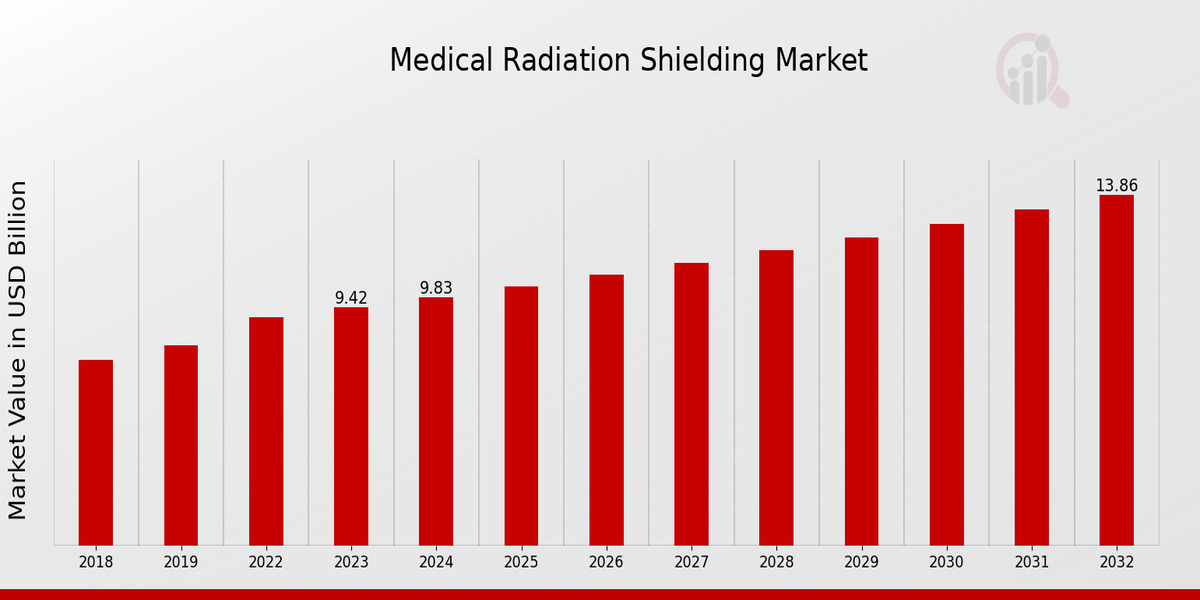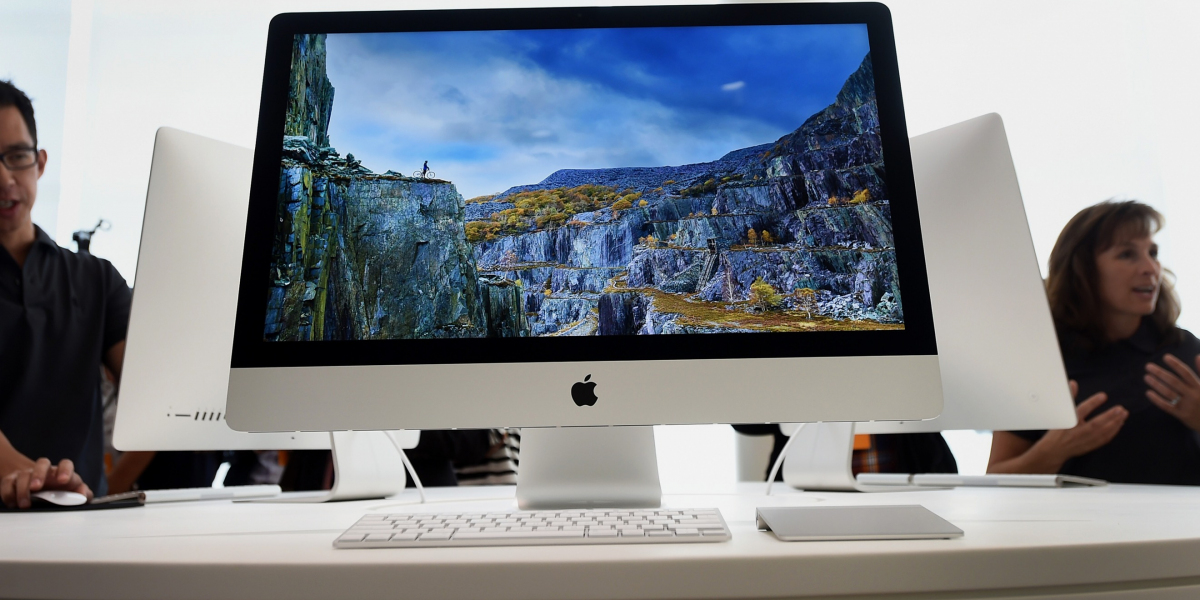Shielding the Future: How Medical Radiation Shielding Is Evolving in Modern Healthcare
In the world of modern healthcare, medical imaging and radiation therapies have become critical tools for diagnosing and treating various conditions, ranging from broken bones to cancer. However, with these advanced medical technologies come risks associated with exposure to harmful radiation, which can affect both patients and healthcare workers. Radiation shielding plays a pivotal role in minimizing these risks, ensuring the safety of everyone involved. As healthcare technology advances, so does the evolution of medical radiation shielding, which has made remarkable strides in improving safety, efficiency, and sustainability. This blog will explore how medical radiation shielding is evolving in 2025 and its role in the healthcare ecosystem.
Understanding Medical Radiation Shielding
Medical radiation shielding refers to the use of materials and devices to block or absorb harmful radiation. In healthcare settings, radiation is commonly used for diagnostic imaging (such as X-rays and CT scans) and treatment (such as radiation therapy for cancer). While these technologies are vital for providing effective care, they can expose both patients and medical staff to potentially harmful radiation.
To mitigate these risks, radiation shielding is used in a variety of forms: from lead aprons and wall barriers to more advanced materials and systems incorporated into medical devices themselves. The goal is to ensure that the radiation exposure is limited to the minimum necessary for medical purposes while providing protection for those who are not directly involved in the procedure.
The Evolution of Medical Radiation Shielding
As medical technologies have advanced, so too has the science behind radiation shielding. In 2025, we see an exciting array of innovations that are improving radiation protection in medical settings. Below are some of the key trends shaping the future of radiation shielding in healthcare.
1. Advanced Materials for More Efficient Shielding
Traditional radiation shielding often relied on lead as the primary material due to its excellent radiation-blocking properties. However, the use of lead has become increasingly problematic due to concerns about its toxicity, weight, and environmental impact. As a result, newer, lighter, and more sustainable materials are emerging as alternatives to lead.
For instance, materials such as tungsten, bismuth, and polymer composites are being explored for use in radiation shielding. These materials not only offer superior protection but are also more lightweight and easier to handle. Tungsten, for example, is being used in shielding garments that are lighter and more flexible than lead alternatives, reducing discomfort for medical professionals who wear them during long shifts.
Additionally, advances in nanotechnology have led to the development of nanocomposites that can provide highly effective radiation protection while remaining lightweight. These innovations have the potential to revolutionize the design of radiation shields, offering more comfortable and effective solutions.
2. Personalized Radiation Shielding
As healthcare becomes increasingly patient-centered, so does the approach to radiation shielding. In the past, radiation shielding often took a one-size-fits-all approach. However, as medical procedures become more advanced and personalized, so too is the shielding.
Personalized radiation shielding is the next frontier, with custom-fit solutions being developed to meet the specific needs of individual patients. For example, 3D printing technologies are being explored to create personalized radiation shields that are tailored to a patient’s anatomy. These custom shields can help ensure maximum protection by targeting specific areas of the body that are exposed to radiation.
This level of personalization not only improves patient safety but also enhances the effectiveness of treatments, particularly in radiation therapy, where precision is critical to minimize damage to surrounding healthy tissue.
3. Integrating Radiation Shielding into Medical Devices
In the past, radiation shielding was often an external addition to medical devices, such as aprons, walls, or lead barriers. However, as medical devices become more sophisticated, there has been a push to integrate shielding directly into the equipment.
In diagnostic imaging, for example, newer X-ray machines, CT scanners, and radiation therapy devices are being designed with built-in shielding features. These devices often use advanced shielding materials to minimize radiation leakage and ensure safety for both patients and healthcare professionals.
The integration of shielding directly into medical devices also helps streamline workflows, as healthcare workers no longer need to manually position or wear additional shielding equipment, reducing preparation time and improving patient care efficiency.
4. Radiation Shielding in Mobile and Portable Imaging Systems
With the rise of mobile and portable imaging systems, particularly in emergency care settings, ensuring effective radiation shielding has become more challenging. However, advancements in shielding materials and designs are addressing these issues.
Portable imaging devices are now being developed with built-in shielding mechanisms that protect healthcare workers and bystanders without compromising the mobility and compactness of the equipment. These innovations are particularly important in settings where traditional shielding infrastructure may not be feasible, such as in ambulances or remote clinics.
5. AI and Automation in Radiation Protection
As artificial intelligence (AI) and automation continue to transform healthcare, these technologies are also being used to enhance radiation safety. AI-driven systems can help monitor radiation exposure in real-time, adjusting shielding levels based on the specific needs of the procedure or patient.
For example, AI algorithms can be integrated into diagnostic imaging systems to automatically calculate the optimal amount of radiation required, reducing unnecessary exposure while still achieving the diagnostic result. These systems can also alert healthcare workers if radiation exposure exceeds safe limits, providing an additional layer of safety.
The Future of Medical Radiation Shielding
Looking forward, the future of medical radiation shielding is bright. With continued advancements in material science, technology integration, and personalized solutions, the healthcare industry will be better equipped to protect both patients and healthcare professionals from the risks associated with radiation exposure.
One of the most exciting possibilities is the development of "smart" shielding materials that could actively respond to changes in radiation levels, providing dynamic protection. This could lead to even greater precision in radiation therapy and diagnostic imaging, further minimizing risks and improving patient outcomes.
Additionally, as the healthcare sector continues to emphasize sustainability, we can expect to see more eco-friendly radiation shielding solutions that reduce environmental impact without compromising safety.
Conclusion
Medical radiation shielding is undergoing a significant transformation as healthcare technology advances. With new materials, personalized solutions, and smarter technologies, radiation protection is becoming more effective, comfortable, and efficient. These innovations are paving the way for safer healthcare environments, where patients and medical professionals can benefit from the power of medical imaging and radiation therapies without undue exposure to harmful radiation. As we move into 2025 and beyond, the evolution of medical radiation shielding will continue to play a vital role in safeguarding health and improving patient care.














